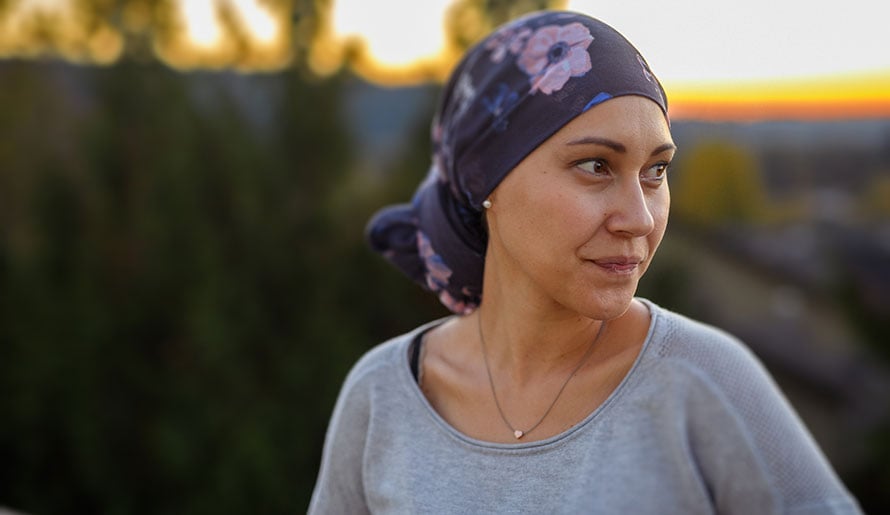Osteosarcoma Survival Rates

Osteosarcoma is an uncommon type of bone cancer that originates in the cells that form bones. Usually, it arises in the long bones of the arms or legs during periods of rapid growth, often affecting children and teenagers. Through extensive research and recent breakthroughs in precision medicine, the treatment options for osteosarcoma have significantly advanced over the last several years, leading to better survival rates, outcomes and quality of life for patients. With a timely diagnosis and individualized treatment, many patients achieve long-term remission or cure.
With that said, osteosarcoma survival rates can vary widely depending on many unique factors, such as the patient’s response to treatment. On the whole, however, the outlook for osteosarcoma patients continues to improve. A patient who is diagnosed with osteosarcoma can help ensure the best possible outcome and quality of life by remaining optimistic, staying informed and working closely with their healthcare team to explore all available treatment options and support resources.
What do osteosarcoma survival rates mean?
An osteosarcoma survival rate is a statistical measure that indicates the percentage of people diagnosed with osteosarcoma who remain alive after a certain period, typically five years. Often expressed as a percentage, a survival rate is calculated based on data collected from a large group of people with the same type and stage of osteosarcoma.
Osteosarcoma survival rates provide a useful frame of reference for physicians to use when discussing patient cases. When viewed in the proper context, this valuable information about the general outlook for patients diagnosed with osteosarcoma can help both physicians and patients make informed decisions about treatment options and expectations. However, it is important for a patient to understand that survival rates are estimates based on past data and cannot be used to predict the outcome of any specific case.
Why do osteosarcoma survival rates vary?
Some of the many factors that can influence osteosarcoma survival rates include:
- The size and location of the primary tumor
- Whether the tumor tests positive for human epidermal growth factor receptor 2 (HER2), a protein that fuels tumor growth and can be targeted with treatment
- Whether the tumor tests positive for CXC chemokine receptor 4 (CXCR4), a cell-surface molecule that can affect the biological activities of the tumor
- The level of p-glycoprotein, a protein found in cell membranes that inhibits the absorption of foreign substances, including the drugs commonly used for osteosarcoma treatment
- Whether the primary tumor can be surgically removed
- The degree of cellular destruction (necrosis) found in the primary tumor after chemotherapy
- The extent of cancer spread, if any
Current osteosarcoma survival rates
According to the American Cancer Society, the current five-year relative survival rates for osteosarcoma are:
- 76% if the tumor is localized with no sign of cancer spread beyond the bone where it originated
- 64% if the tumor has spread outside the bone and into nearby lymph nodes or other tissues
- 24% if the tumor has spread to distant parts of the body, such as the lungs or other bones
- 59% overall
Benefit from world-class care at Moffitt Cancer Center
Another factor that plays a key role in osteosarcoma survival rates is the experience of the treatment team. For this reason, many patients turn to Moffitt’s Sarcoma Program, which offers unrivaled expertise. Each patient is evaluated, treated and monitored by a multispecialty team of surgeons, medical oncologists, radiation oncologists, supportive care providers and other medical professionals who specialize in treating bone cancer with the newest and most effective therapies. We also have a robust portfolio of clinical trials, offering our patients unique opportunities to be among the first to benefit from novel treatments that are not yet available elsewhere.
If you would like to learn more about general osteosarcoma survival rates, a specialist in the Sarcoma Program at Moffitt can explain the currently available information within the proper context and help you take appropriate steps to achieve the best possible outcome and quality of life. Request an appointment by calling 1-888-663-3488 or submitting a new patient registration form online. We do not require referrals.



